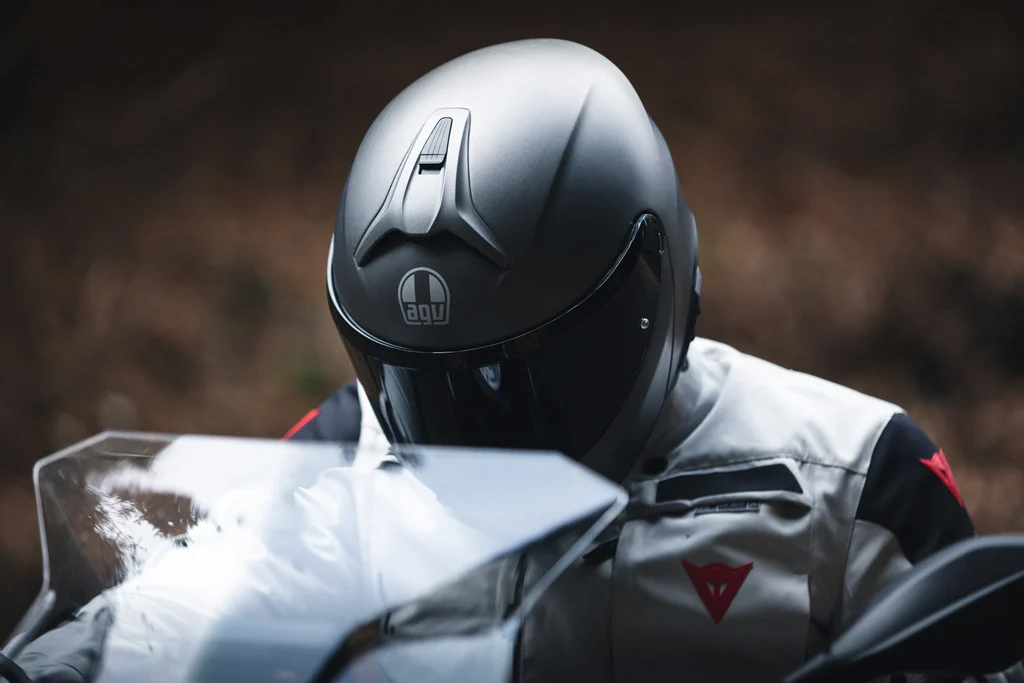Blog
“How to Choose the Best Helmet for Your Sport”
Whether you’re an avid cyclist, an outdoor enthusiast, or a professional athlete, one piece of equipment that should never be overlooked is your helmet. Helmets are vital for protecting your head from potential injuries, so choosing the right one is crucial for safety, comfort, and performance. With so many options available, it can be challenging to know what to look for. In this guide, we’ll walk you through the most important factors to consider when choosing the best helmet for your sport.
1. Understand the Safety Standards
The most important aspect of any helmet is its ability to protect your head. Helmets are designed to meet specific safety standards, which can vary based on the sport. Be sure to check if the helmet you’re considering meets the required safety certifications for your activity:
- Cycling: Look for helmets that meet CPSC (Consumer Product Safety Commission) standards in the U.S., or CE (European Conformity) standards in Europe.
- Motorcycling: Helmets should meet DOT (Department of Transportation) or ECE (Economic Commission for Europe) standards.
- Sports like Baseball or Hockey: These helmets typically meet the certifications set by organizations such as the National Operating Committee on Standards for Athletic Equipment (NOCSAE) or the American Society for Testing and Materials (ASTM).
Ensure that any helmet you purchase has a sticker or label that confirms it meets these safety standards.
2. Match Your Helmet to Your Sport
Different sports require different types of helmets, each designed with specific features to provide optimal protection for that activity.
- Cycling Helmets: These helmets are lightweight with ample ventilation. They often have an aerodynamic design to reduce wind resistance. Look for helmets with in-mold construction for better shock absorption.
- Mountain Biking Helmets: Mountain bike helmets typically cover more of the back of your head and have a visor to protect against branches and debris. They may also feature added protection like MIPS (Multi-directional Impact Protection System) to reduce rotational forces during a fall.
- Motorcycle Helmets: Full-face helmets offer maximum protection, while modular helmets provide more flexibility. Look for helmets with a high-impact-resistant shell and multi-density foam padding for comfort.
- Sports Helmets (e.g., Football, Baseball, Hockey): These helmets are designed with specialized padding and sometimes face guards for extra protection. They often feature an adjustable fit system to accommodate different head shapes and sizes.
3. Size and Fit Are Key
A helmet that doesn’t fit properly won’t provide adequate protection. To choose the right size, measure the circumference of your head just above your eyebrows and compare it to the sizing chart of the helmet brand you’re considering.

Tips for a Proper Fit:
- The helmet should sit level on your head and not tilt forward or backward.
- It should be snug but not tight. You should be able to fit a finger between the helmet and your forehead.
- The chin strap should be snug against your chin without being uncomfortable, with no more than a half-inch of slack.
Many helmets have adjustable fit systems, such as a dial or strap mechanism, to help you fine-tune the fit for maximum comfort and safety.
4. Prioritize Comfort Features
Comfort is essential when it comes to helmets. An uncomfortable helmet can lead to distractions and even discomfort during activities. Look for these comfort features to ensure your helmet is pleasant to wear:
- Ventilation: Adequate airflow helps keep your head cool and reduces sweating. Helmets designed for warm weather sports often have more ventilation holes.
- Padding: High-quality foam padding and moisture-wicking liners can make a big difference in comfort. Some helmets also have removable and washable liners for easy maintenance.
- Weight: Lighter helmets are more comfortable for extended wear. Look for helmets made from lightweight materials like polycarbonate or carbon fiber.
5. Consider Advanced Safety Technologies
Recent advancements in helmet technology have introduced features that provide additional safety. Here are some to consider:
- MIPS (Multi-directional Impact Protection System): This technology is designed to reduce the rotational forces that can be transferred to the brain during an angled impact. Helmets with MIPS are a bit more expensive but offer enhanced protection.
- SPIN (Shearing Pad Inside): Used by brands like POC, this technology reduces rotational forces and adds extra cushioning to absorb impacts.
- WaveCel Technology: Found in some cycling helmets, this collapsible material helps absorb energy from impacts more effectively than traditional foam.
While these features might add to the cost, they can make a significant difference in protecting you during a crash.

6. Check for Adjustable Features
Having a helmet with adjustable components ensures a custom fit. Look for helmets that come with:
- Adjustable Straps: Ensures the helmet stays securely on your head during physical activity.
- Dial Fit System: Allows you to tighten or loosen the helmet to get a perfect fit.
- Removable and Adjustable Padding: Some helmets offer padding that you can move or remove for a customized feel.
7. Choose a Helmet That Matches Your Budget
Helmets can vary significantly in price, so it’s essential to find one that matches your budget while meeting your safety and comfort requirements. While it can be tempting to go for the cheapest option, remember that your safety is priceless. It’s better to invest in a helmet that offers solid protection and comfort, even if it means spending a bit more.
Budget Tips:
- Look for last season’s models, which may offer discounts but still meet current safety standards.
- Consider purchasing from trusted brands that offer quality at reasonable prices.
- Check for reviews and recommendations to ensure you’re getting good value for your money.
8. Maintain Your Helmet Properly
Even the best helmet can’t protect you if it’s damaged or worn out. To get the most out of your investment, follow these maintenance tips:
- Inspect Your Helmet Regularly: Check for cracks, dents, or damage. If any damage is found, replace the helmet.
- Avoid Dropping Your Helmet: Dropping a helmet can compromise its structural integrity, even if you don’t see immediate damage.
- Keep It Clean: Regularly clean the padding and straps with mild soap and water to maintain hygiene and comfort.
- Replace When Needed: Helmets have a limited lifespan, usually around 3-5 years, or sooner if they’ve been involved in an impact.
Conclusion
Choosing the right helmet is an essential part of staying safe and performing well in your sport. By considering factors such as safety standards, fit, comfort, and advanced safety technologies, you can make an informed decision that ensures both protection and comfort. Remember that a helmet is not just an accessory; it’s a crucial piece of safety equipment that can make all the difference in protecting your head during an accident. Investing in a high-quality helmet tailored to your sport and needs is an investment in your safety and overall well-being.


